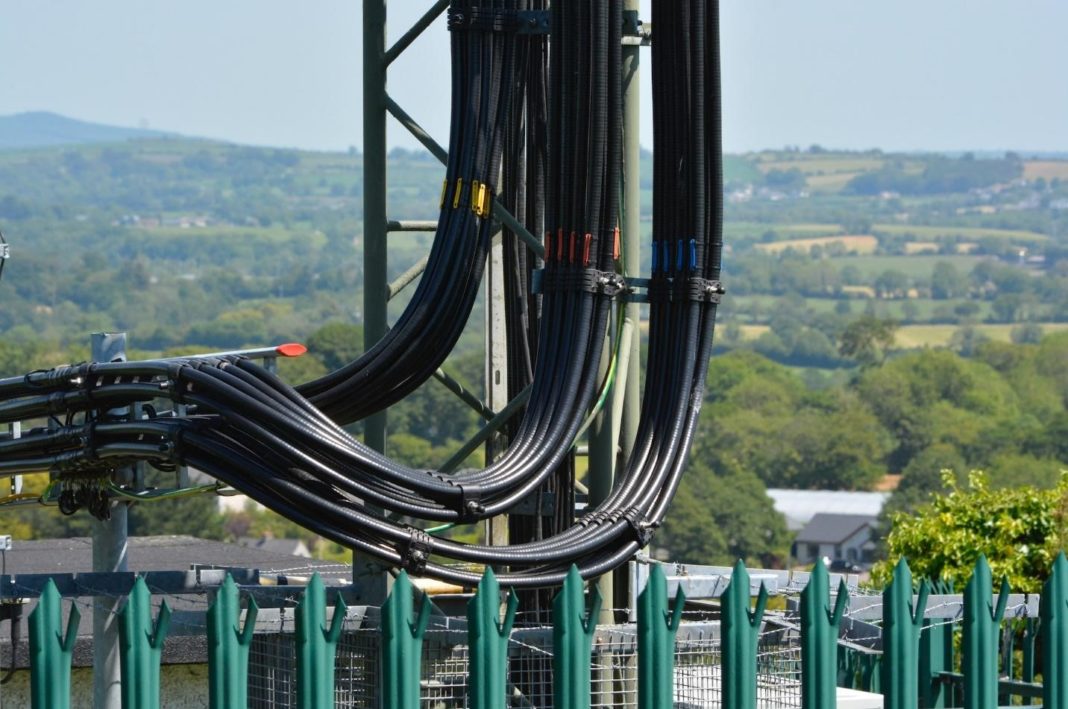Outdoor installations require careful cable management to ensure proper protection against even the harshest environmental factors. Effective installation procedures can significantly enhance overall performance while minimizing any potential problems that may arise in future. For instance, metal trunking acts as an excellent safeguard against impact damage or unwelcome guests like rodents, and it also protects your cables from harm caused by UV radiation.
However, there are more aspects of efficient outdoor cable management beyond this one solution. And in this article, we’ll look at four techniques for successful outdoor cable installation.
Select the Right Cables
If you choose the right cables, you will ensure that they perform well and last for a long time. Before you start, you can assess the environmental conditions that your cables will come across. If the area has direct sunlight, you’ll need cables that can withstand UV exposure. Other environmental factors you need to consider are moisture and physical stresses. Depending on the various factors, you can select cables that can withstand them.
Besides these, you will also need to keep in mind that outdoor cables, whether power or networking cables, typically have higher demands. For power, these cables will most likely need to be able to handle high voltage and current levels. If it’s Ethernet cables, they will need to offer optimal transmission, with shielding that can also protect against electromagnetic interference (EMI).
Do Proper Cable Routing
If you don’t do proper routing of your cables, chances are that your entire project will be a failure. This is because the way you route your cables will determine whether they can withstand potential damages or even maintain the required levels of performance for a long time.
The best way to get started here is to come up with a map of where your cables will pass. And when doing this, you can consider the physical layout, where you want to place your equipment, and any potential obstacles. This will help you avoid unnecessary bends that can make both installation and maintenance difficult.
During the installation, you will also need to use proper cable trunking. This will help keep your cables organized, and it will also protect them against the various weather elements. For maximum protection, you can use metal trunking as it can withstand most environmental factors. Besides that, remember to keep power cables away from data cables to avoid signal degradation. Also, label all your cables, as this will save you a lot of time during maintenance.
Take Weatherproofing Measures
Some of the methods you can use to handle environmental factors are choosing the proper cables and using cable trunking, as we’ve seen above. However, you will need to do more to ensure maximum protection from things such as rain, humidity, extreme temperatures, and exposure to sunlight.
Besides the cables, you will also need to use weatherproof connectors to safeguard cable connections and junction points. And on top of this, ensure you seal any cable entry points into buildings or equipment to prevent water infiltration. If your type of installation allows water, you can add a downward curve to your cables, which will allow water to drip off instead of traveling alongside the cable.
Perform Regular Maintenance
Everything requires maintenance, including cabling. This will even be more necessary as your cabling is outside, so subject to various conditions. The maintenance here will be needed from time to time, so you can come up with a schedule. During this, check the condition of the cables as well as the connectors, and see if any needs to be replaced.
Besides the cables, ensure that you also clean up the trunks or conduits and remove any debris that may be present. You can also check whether the grounding is still in place and re-route any cables if necessary. But during the whole installation and maintenance process, ensure you reach out for professional assistance if you are not sure about something.





